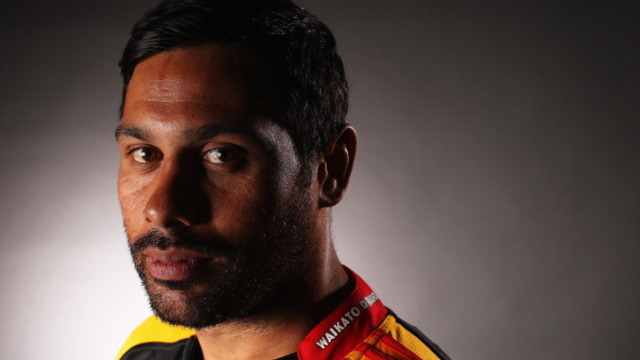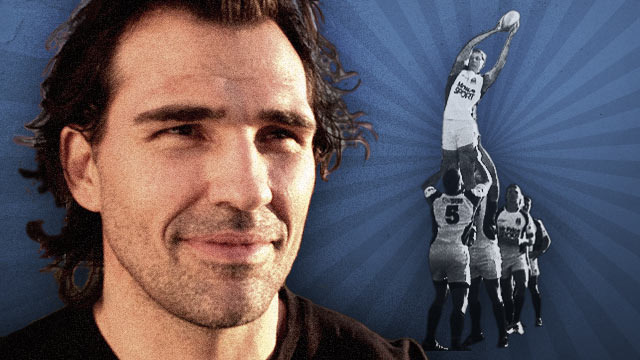The foundation of the scrum, and indeed one of the foundations of the entire game of rugby at set-piece, ruck and maul, is the bind. Players, and especially forwards are required to bind on each other in order to form these stopping points in the action, and create a contest for the ball.
If players find ways to avoid binding, or bind and then release their hold before the contest is finished, it can undermine the fabric of the game. It tends to dissolve structure and generate a chaos which is almost impossible to referee.
The first Test between New Zealand Ireland generated some fascinating questions about the necessity of binding in the scrums, and just how far the need to bind can be stretched before it becomes meaningless.
The two relevant paragraphs from existing scrum law are as follows:
7. The players in the scrum bind in the following way
1. The props bind to the hooker.
2. The hooker binds with both arms. This can be either over or under the arms of the props.
3. The locks bind with the props immediately in front of them and with each other.
4. All other players in the scrum bind on a lock’s body with at least one arm.
Sanction: Penalty.
11. When both sides are square, stable and stationary, the referee calls “bind”.
1. Each loose-head prop binds by placing the left arm inside the right arm of the opposing tight-head prop.
2. Each tight-head prop binds by placing the right arm outside the left upper arm of the opposing loose-head prop.
3. Each prop binds by gripping the back or side of their opponent’s jersey.
4. All players’ binding is maintained for the duration of the scrum.
Sanction: Penalty.
The activity of the All Blacks loose-head prop George Bower tended to make the fulfilment of these requirements impossible in the course of the match, while giving the men in black an unexpected advantage at the set-piece.
The first scrum of the game set the tone on Ireland’s feed:
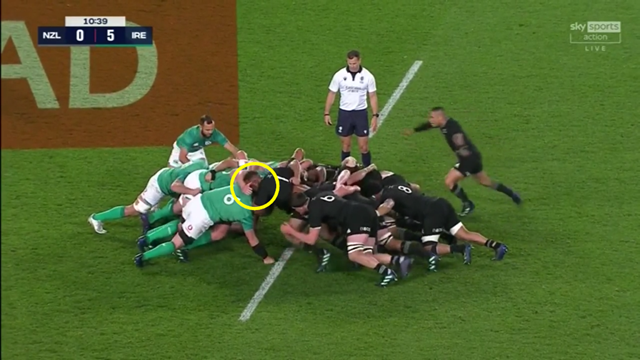
Ask yourself the question:
what is George Bower trying to achieve with the position of his head on engagement, and his movement after the ball is put in? He does not want to engage his opposite number, British & Irish Lion Tadhg Furlong directly. The position of his head shows that he wants to force Furlong to break his right-arm bind, and the position of his body outside Furlong means that he ends up engaging flanker Peter O’Mahoney instead of the tight-head prop. By the end of the scrum his head has advanced so far that it is level with Furlong’s hip.
The effect of this attitude can be quite potent. It tends to destabilize the set-piece and forces it to slew towards the space on left of the loose-head. It was a consistent theme on the Ireland feed:

Once again, there is no attempt to take on the Ireland tight-head directly. Bower’s aim is to position his head outside Furlong’s body and use it to force the Leinsterman to release the bind he is required to maintain by law. That in turn destabilizes the set-piece and it ends with the Crusaders’ loose-head scrumming against the flanker on Furlong’s side, Josh van der Flier (in the red hat).
Bower’s activity was eventually rewarded with a penalty:
At least he sets closer to the centre of the scrum on this occasion, but the fundamental aim is exactly the same: not so to push Furlong back, but to attack the space outside his right shoulder, causing the scrum to spin on its axis. At the end of the shot Bower is left on his own, disengaged from both Furlong and his other front row comrades, Codie Taylor and Ofa Tu’ungafasi. Is there any compelling reason why this action should be rewarded with a penalty?
On the New Zealand feed, Ireland did not receive a reward when Bower moved away from his hooker and stood up out of the scrum:

Furlong advances straight ahead and both Taylor and Bower pop out of the top of the scrum to release the pressure, but this time there is no penalty and the All Blacks are allowed to play the ball away from the set-piece.
Summary
It will be interesting to see how the most experienced official in the world, English referee Wayne Barnes, responds to the challenge of forwards deliberately trying to undermine the foundation of the game of rugby, the bind, at source in the second Test at Dunedin.
The law requires that the front row players bind together, and maintain their binds for the duration of the scrum. Any offence forcing a break of bind, and threatening the stability of the set-piece becomes a candidate for a sharp peep on the referee’s whistle. It cannot be any other way if the game of rugby is to evolve and progress.





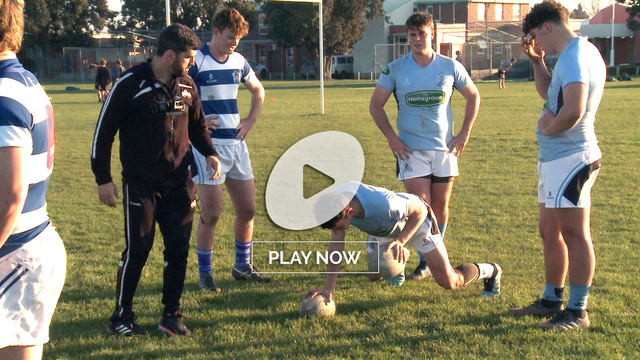
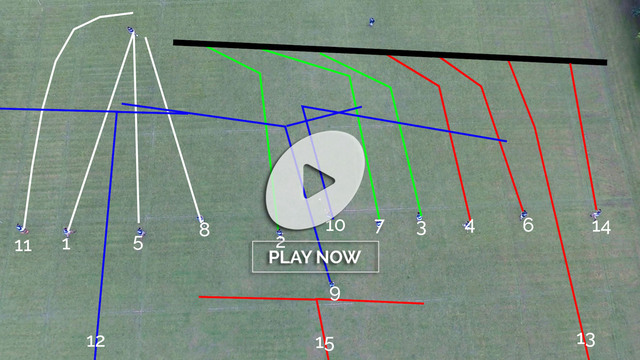

.jpg)
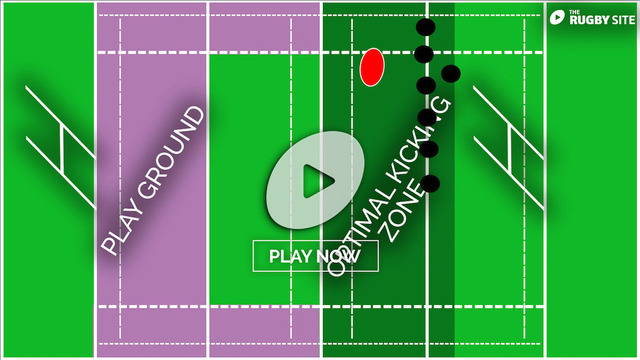
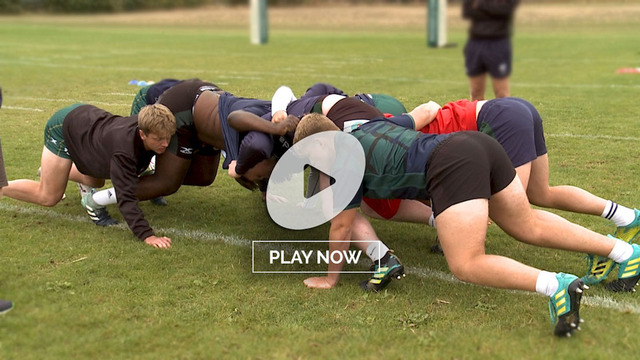
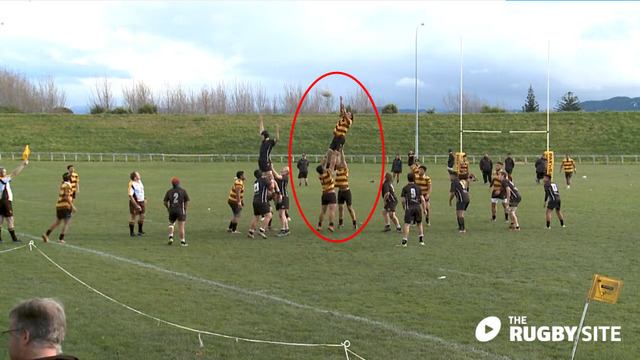
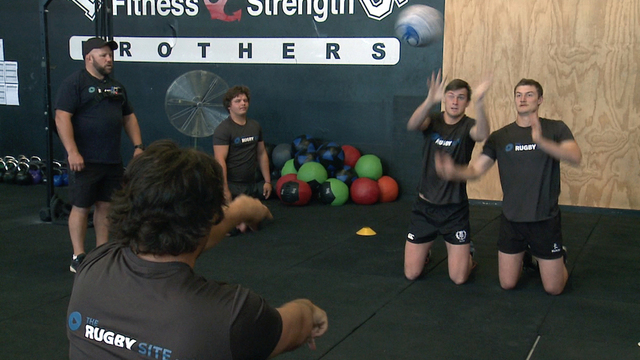
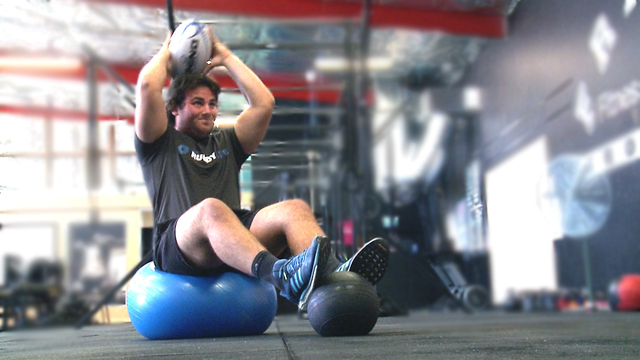
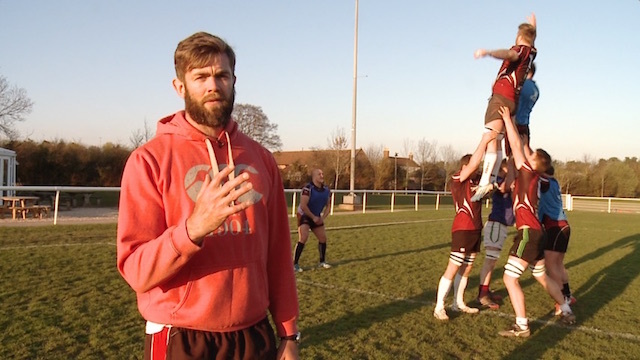
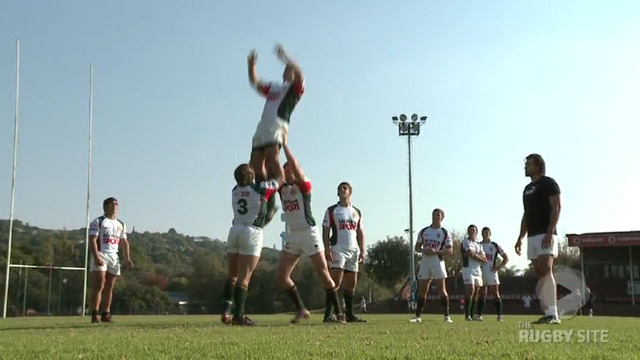
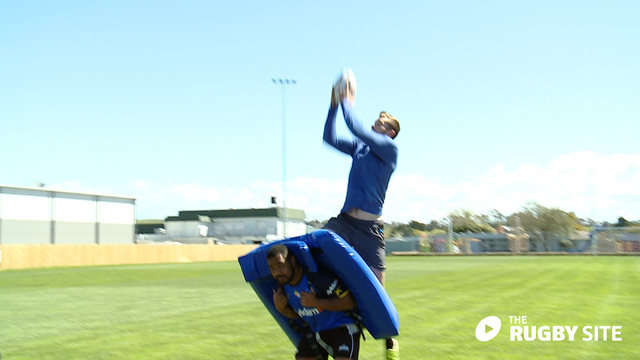
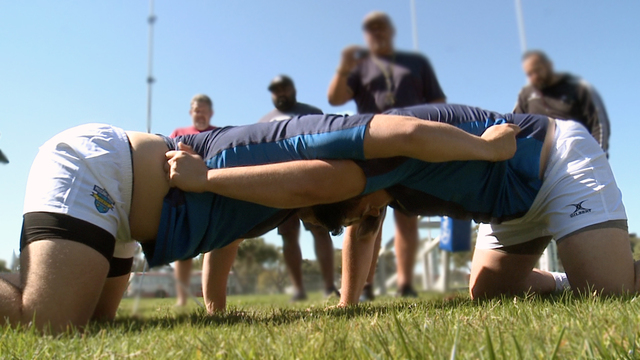
.jpg)
